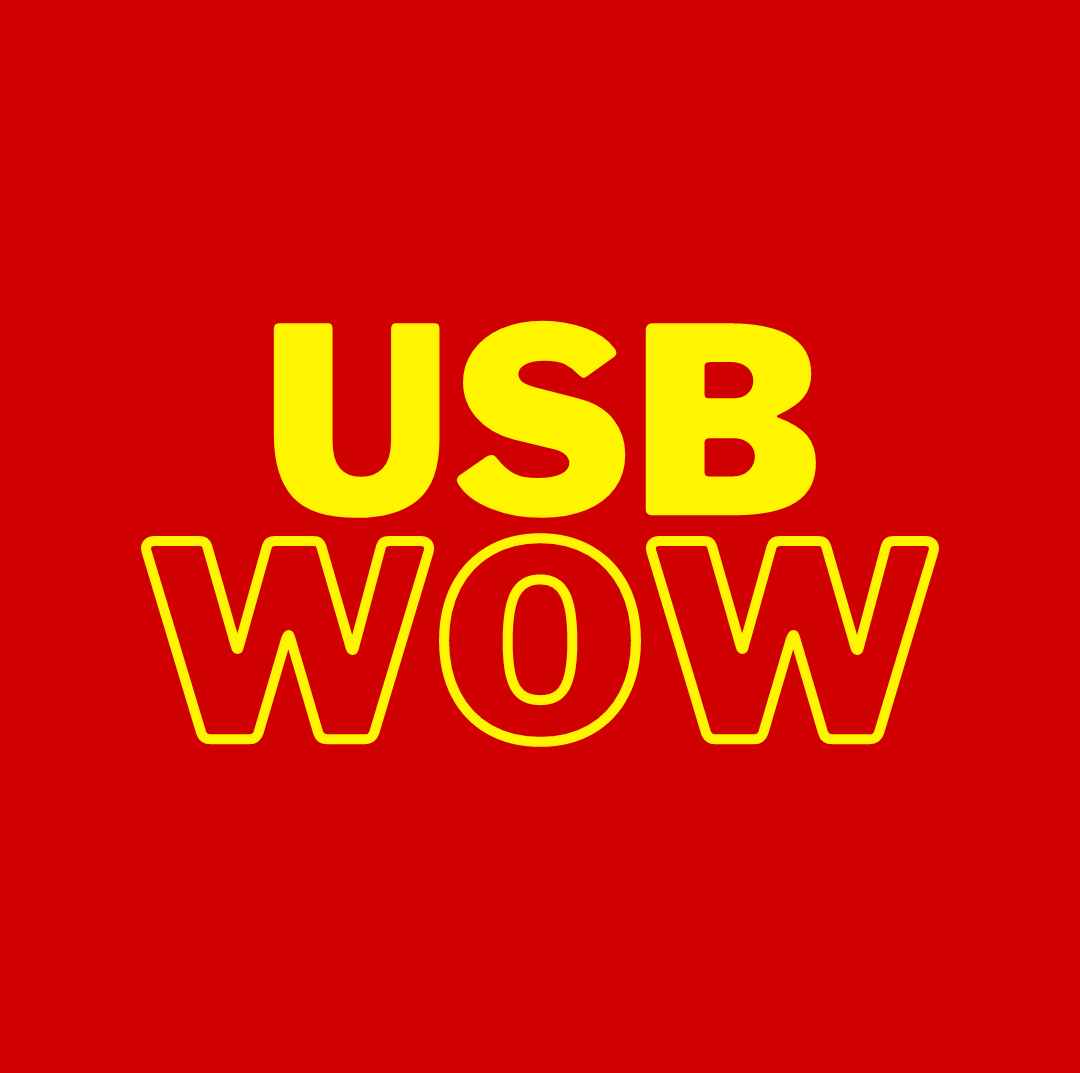USB sticks do wear out over time but you can prolong their lifespan in some circumstances with a few easy fixes.
How to fix data corruption on a USB stick
If you’re experiencing any of the following your thumb drive may be corrupted.
- Inability to read or write data: A corrupted USB stick may not be able to read or write data, making it impossible to transfer files.
- Files disappearing: Files may disappear from the USB stick, or they may become corrupted and unreadable.
- Errors when copying files: You may receive errors or warnings when trying to copy files to or from a corrupted USB stick.
- Slow transfer speeds: A corrupted USB stick may transfer data at a slower rate than usual or may freeze during the transfer process.
- Unusual noises: You may hear unusual clicking or grinding noises when inserting a corrupted USB stick into a computer.
- Device not recognized: Your computer may not recognize the USB stick, or you may receive an error message saying that the device is not functioning properly.
There are a few different things you can try to fix the problem, so let’s go over some of them.
Check for physical damage to your USB stick
First off, it’s worth checking if the USB stick is physically damaged. Sometimes if a USB stick gets dropped or otherwise mistreated, it can become damaged and that can cause data corruption.
Check for any cracks, scratches, or other signs of damage on the USB stick. If you see any damage, unfortunately there may not be much you can do to fix it. You might need to replace the USB stick.
Check the formatting of your USB stick
If the USB stick appears to be physically okay, then the problem might be with the way it’s formatted. Sometimes if a USB stick is formatted in a certain way, it can cause issues with data corruption.
Try formatting the USB stick again to see if that fixes the issue.
Run a virus scan on your USB drive
Another thing you can try is to run a virus scan on the USB stick. Viruses can cause all sorts of issues, including data corruption, so it’s worth checking if your USB stick has been infected.
Make sure you have a good antivirus program installed and then run a full scan on the USB stick. Here’s how to run a virus scan on a USB stick
Check the USB port
If none of those solutions work, then the issue might be with the USB port you’re using. Sometimes if a USB port is damaged or not working properly, it can cause issues with data transfer and data corruption.
Try plugging the USB stick into a different USB port on your computer to see if that helps. If you’re using a laptop, you might want to try using a different USB port or even using a USB hub.
Recovering corrupted files
If you’re still having issues, then the problem might be with the USB stick itself. Sometimes USB sticks can become corrupted and there’s not much you can do to fix them. In that case, you might need to try and recover the data from the USB stick before you replace it.
Here’s a guide on how to recover data from a corrupted USB stick: https://www.easeus.com/storage-media-recovery/recover-data-from-a-corrupted-or-damaged-usb-flash-drive.html
Lastly, it’s worth mentioning that prevention is always the best cure. Make sure you’re properly ejecting the USB stick from your computer before you unplug it, and avoid removing it while files are still being transferred.
Also, try to keep your USB stick away from any sources of magnets or extreme temperatures. That way, you can avoid data corruption issues in the future.
Step by step guide to fixing data corruption on a USB stick
Here’s a step-by-step guide on how to fix data corruption on a USB stick:
- Connect the USB stick to your computer’s USB port.
- Run a virus scan on the USB stick using your antivirus software. If any viruses are found, remove them and then try accessing the files on the USB stick again.
- If the virus scan doesn’t find anything, try using a different USB port on your computer. Sometimes USB ports can become damaged or stop working properly, which can cause issues with data transfer and data corruption.
- If using a different USB port doesn’t work, try using a different computer. Sometimes there can be compatibility issues between USB sticks and certain computers.
- If the USB stick is still showing signs of data corruption, you may need to try and recover the data from the USB stick before you replace it. There are many data recovery software options available, some of which are free. EaseUS Data Recovery Wizard is one such software that can help you recover data from a corrupted USB stick.
- If you’re still having issues after trying all of these steps, the USB stick itself may be faulty and you may need to replace it.
That’s it! Following these steps should help you fix data corruption on a USB stick. Just remember to properly eject the USB stick before disconnecting it from your computer to avoid any data corruption issues in the future.
How to fix a formatting error on a USB stick
Here’s a step-by-step guide on how to fix a formatting error on a USB stick:
- Connect the USB stick to your computer’s USB port.
- Open “My Computer” or “This PC” on Windows, or “Finder” on a Mac, and locate the USB drive. It should appear as a removable drive.
- Right-click on the USB drive and select “Format” on Windows, or click on the USB drive and select “File” > “Format” on a Mac.
- A dialogue box will appear. Make sure the file system is set to “FAT32” or “exFAT”, as these are the most compatible with both Windows and Mac systems.
- Choose a name for the USB drive and click “Start” on Windows, or “Erase” on a Mac.
- Wait for the formatting process to complete. This may take a few minutes, depending on the size of the USB drive.
- Once the formatting process is complete, eject the USB drive properly by right-clicking on the USB drive and selecting “Eject” on Windows, or dragging the USB drive icon to the Trash on a Mac.
- Disconnect the USB drive from your computer’s USB port.
That’s it! Your USB drive should now be formatted correctly and ready to use. Just remember to properly eject the USB drive before disconnecting it from your computer to avoid any data corruption issues.
Did you miss our article on the history of the USB stick and who invented the thumb drive? Turns out its not as clear cut as you’d think!
AFFILIATE DISCLAIMER
The USBWOW website is supported by our visitors. Some of the product links on this website are through affiliate schemes such as Amazon. This means that I earn a small commission if you choose to purchase something at no extra cost to yourself.

